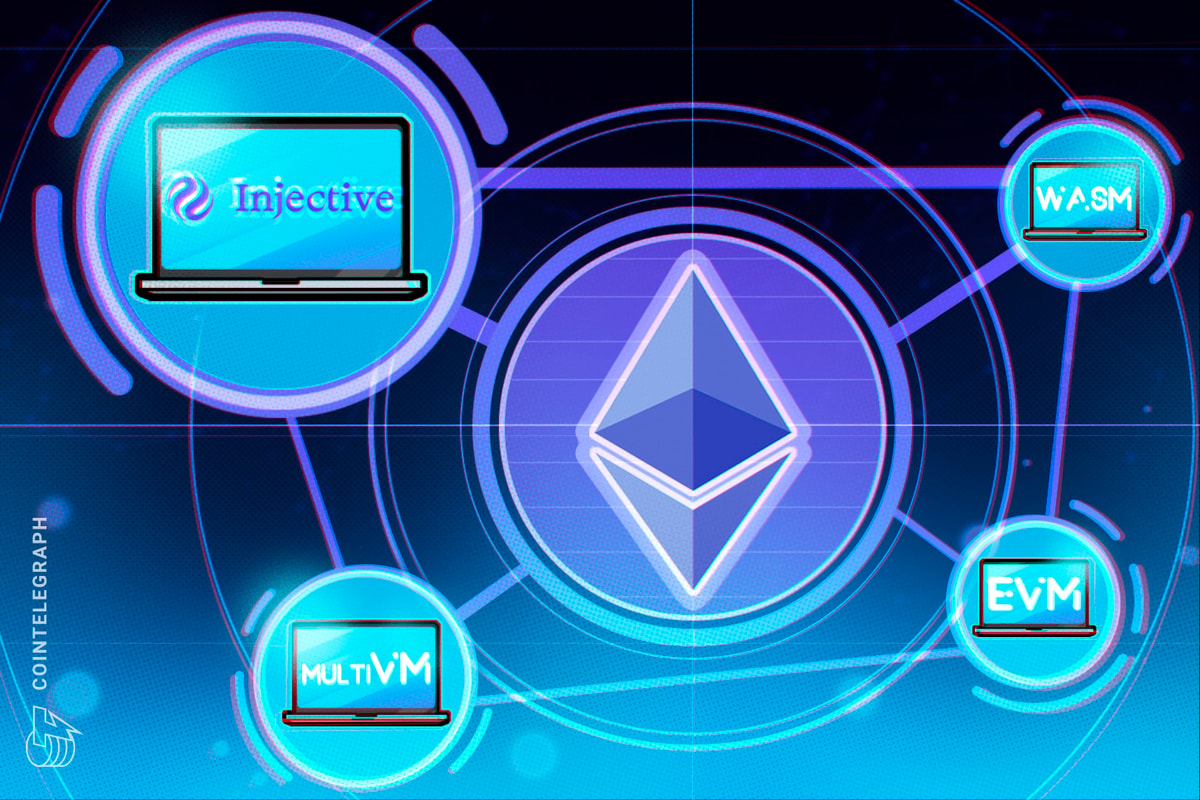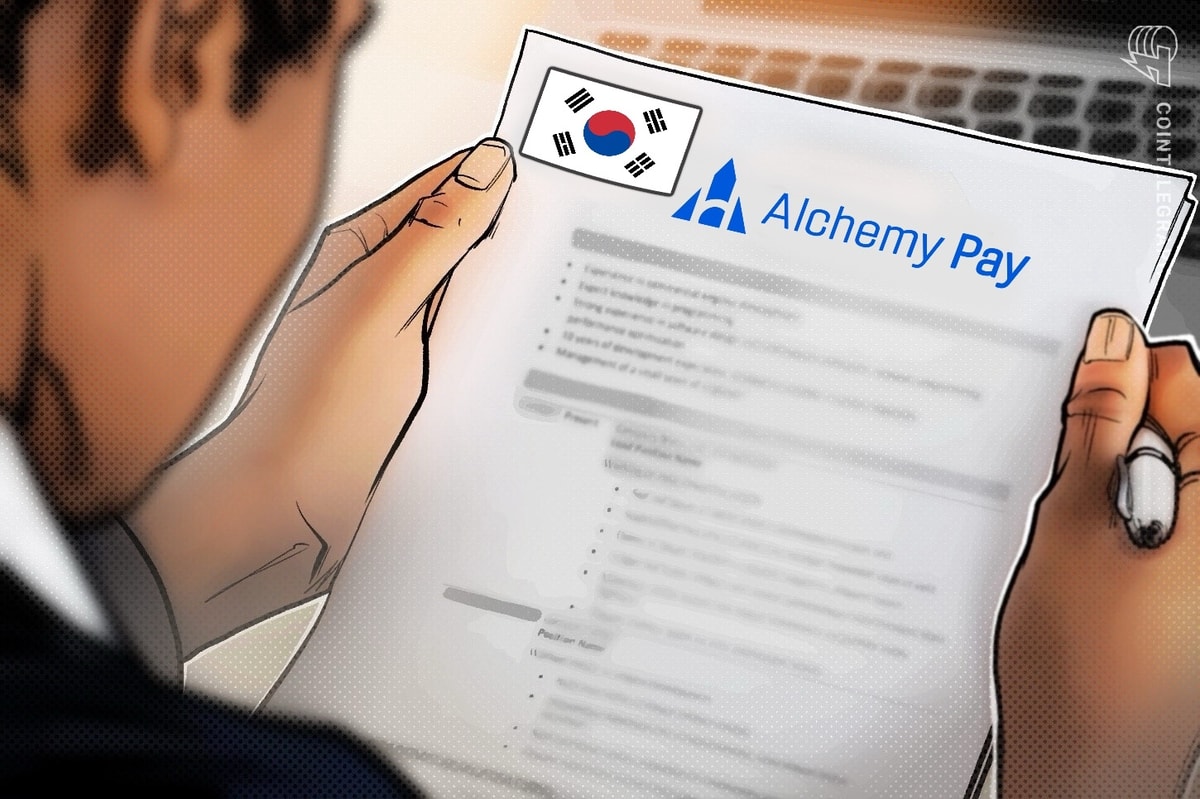Injective introduces a native EVM capable of processing over 20,000 TPS, addressing scalability challenges in blockchain while supporting both EVM and WASM environments.
Imagine a highway where cars represent transactions. On many blockchains, this highway charges high toll fees and is often congested with slow-moving traffic. This is the case for many Ethereum Virtual Machine (EVM)-based chains, where scalability issues and high costs have become significant roadblocks.
EVM is the engine that powers Ethereum and many other blockchains, enabling them to run smart contracts — self-executing programs that automate transactions. However, as more users and decentralized applications (DApps) join the network, the limitations of these systems become increasingly apparent.
These bottlenecks hinder the potential for mass adoption, especially in sectors like decentralized finance (DeFi) that require high throughput and low latency. As a solution, blockchain platform Injective has introduced a native EVM that acts like a high-speed express lane capable of processing over 20,000 transactions per second (TPS).
Injective’s native EVM is seamlessly integrated into its core architecture, much like adding a new lane to a highway without disrupting the existing traffic flow. This integration eliminates the need for external bridges or connectors, creating a unified system where EVM and WebAssembly (Wasm) environments can coexist.
Wasm, another type of engine for running code, is known for its efficiency and speed. By supporting both EVM and Wasm, Injective allows developers to build applications using the tools they’re most comfortable with, whether from the Ethereum ecosystem or other blockchain environments.
The multi-VM approach
Injective’s support for EVM and Wasm is part of its broader multi-VM initiative, which aims to create a blockchain ecosystem that caters to a wide range of developers and applications. Think of it as a universal adapter that allows different types of devices to plug into the same power source.
With Injective’s native EVM, Ethereum developers can build high-performance financial infrastructure by utilizing Injective’s plug-and-play modules. For example, Injective’s exchange module allows developers to use a fully onchain, MEV-resistant order book along with other advanced trading functionalities within a shared liquidity environment supported by professional market makers.
Ethereum developers can continue using familiar tools like Solidity and Hardhat, while developers from other ecosystems can leverage Wasm for its performance advantages. This flexibility makes it easier for developers to transition to Injective and fosters collaboration across different blockchain communities.
The multi-VM approach also enhances interoperability, a critical factor for the future of blockchain. By enabling seamless communication between EVM and Wasm environments, Injective allows developers to build applications that can interact with multiple chains and protocols. This feature is particularly important for DeFi, where crosschain functionality is becoming increasingly essential.
A fast lane for transactions
Injective’s native EVM is designed to handle high transaction volumes, much like a multi-lane highway that can accommodate more cars without slowing down. With a theoretical maximum exceeding 20,000 TPS, Injective’s EVM processes more transactions each second than many existing EVM chains.
This scalability is achieved through advanced infrastructure and optimization. For example, Injective’s native EVM uses the latest version of Geth, a widely used Ethereum client. The integration ensures compatibility with up-to-date Ethereum tools, allowing developers to build and deploy DApps without needing to adjust their workflows.
Another key feature of Injective’s native EVM is transaction atomicity, which ensures that all operations within a transaction either complete successfully or revert entirely. Imagine a vending machine that returns money in case the snack gets stuck — if something goes wrong, you get your money back, and the transaction is canceled.

Non-atomic vs. atomic transaction processing. Source: Injective
This outcome is crucial for financial applications, where partial execution could lead to inconsistent states or financial losses. By maintaining atomicity across both EVM and Wasm environments, Injective provides a reliable foundation for high-stakes applications like flash loans and arbitrage trading.
AI-ready infrastructure
Injective’s native EVM is designed with future applications in mind, including those that leverage artificial intelligence. The platform’s high-throughput capabilities and unified execution layer make it well-suited for AI-driven DApps, which often require real-time data processing and low-latency interactions.
Additionally, Injective’s support for account abstraction enables gasless and signless transactions, improving user experience and opening the door for innovative use cases like autonomous trading bots.
By combining high scalability, a unified multi-VM architecture and support for future innovations, Injective is addressing key challenges in the blockchain space. With its focus on scalability and interoperability, Injective is building a platform that promises to support the future of blockchain and finance.
Disclaimer. Cointelegraph does not endorse any content or product on this page. While we aim at providing you with all important information that we could obtain in this sponsored article, readers should do their own research before taking any actions related to the company and carry full responsibility for their decisions, nor can this article be considered as investment advice.












